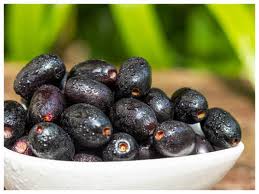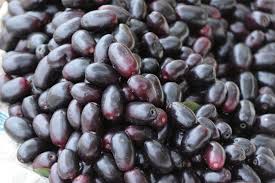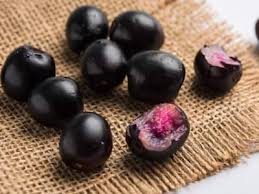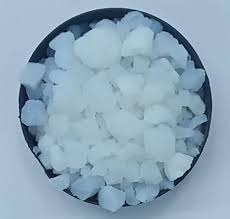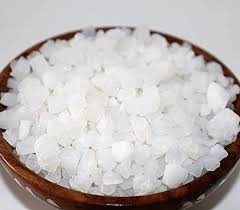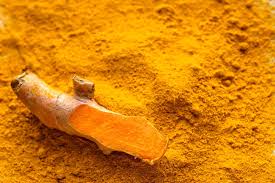
Kaali Haldi vs Yellow Turmeric: Differences and Benefits
Kaali Haldi (Black Turmeric) and Yellow Turmeric are both valuable herbs in Ayurveda and traditional medicine, but they have very different properties, uses, and benefits. While Yellow Turmeric is widely known for its culinary and medicinal applications, Kaali Haldi is more rare, considered sacred in some cultures, and used mainly for medicinal, spiritual, and cosmetic purposes. Understanding their differences can help you make the right choice for your health, wellness, and spiritual needs.
In this article by Dirghaanshi, we will compare Kaali Haldi and Yellow Turmeric in terms of their appearance, medicinal benefits, spiritual importance, chemical composition, and uses. This guide will also highlight which one is better for specific conditions and how you can incorporate them into your lifestyle for maximum benefits.
Long Description – Kaali Haldi vs Yellow Turmeric: Differences and Benefits
- Introduction to Kaali Haldi
Kaali Haldi (Curcuma caesia) is a rare herb with a dark bluish-black interior and a slightly bitter, earthy aroma. It is often used in Ayurvedic treatments, spiritual rituals, and skin remedies. Known for its strong antimicrobial, anti-inflammatory, and energy-balancing properties, Kaali Haldi is considered highly potent, even in small quantities.
Key facts about Kaali Haldi:
Botanical Name: Curcuma caesia
Taste: Bitter, slightly pungent
Color: Black or dark blue inside, brownish skin outside
Availability: Rare, mainly grown in India
Uses: Healing wounds, boosting immunity, spiritual rituals, pain relief, skin care
- Introduction to Yellow Turmeric
Yellow Turmeric (Curcuma longa) is the most common type of turmeric, well-known for its bright yellow color, culinary flavor, and medicinal value. It contains a high amount of curcumin, a compound with strong anti-inflammatory and antioxidant effects.
Key facts about Yellow Turmeric:
Botanical Name: Curcuma longa
Taste: Warm, bitter, and slightly peppery
Color: Bright yellow inside
Availability: Widely available across the world
Uses: Cooking, skin brightening, joint pain relief, digestion improvement, immunity boosting
- Appearance and Physical Differences
Kaali Haldi: Blackish-blue interior with a strong earthy smell.
Yellow Turmeric: Bright golden-yellow interior with a warm, spicy aroma.
The color difference comes from variations in chemical compounds and plant pigmentation.
- Chemical Composition
Kaali Haldi: Contains curcumin, essential oils (camphor, cineole), and unique anthocyanin pigments that give it the dark color.
Yellow Turmeric: Contains curcumin in higher amounts, along with turmeric oil and demethoxycurcumin.
- Medicinal Benefits of Kaali Haldi
Boosts immunity and fights infections
Reduces joint pain and inflammation
Improves respiratory health
Aids in faster wound healing
Enhances skin tone and fights acne
Supports digestion and relieves bloating
- Medicinal Benefits of Yellow Turmeric
Reduces chronic inflammation
Improves digestion and liver function
Boosts brain health and memory
Lowers risk of heart disease
Helps in managing arthritis symptoms
Improves skin glow and brightness
- Spiritual and Cultural Significance
Kaali Haldi: Used in tantra, puja rituals, and protective charms. Believed to bring good luck and ward off negative energies.
Yellow Turmeric: Commonly used in Hindu rituals, weddings, and festivals for purity, prosperity, and blessings.
- Culinary Uses
Kaali Haldi: Rarely used in cooking due to its bitter taste; mostly medicinal.
Yellow Turmeric: Widely used in curries, soups, teas, and golden milk.
- Skin Care Benefits
Kaali Haldi: Treats acne, scars, pigmentation, and infections.
Yellow Turmeric: Brightens skin, evens tone, and reduces wrinkles.
- Side Effects
Kaali Haldi: Excessive consumption can cause stomach irritation. Not recommended for pregnant women without medical advice.
Yellow Turmeric: Overuse can cause nausea or dizziness in some people.
- Which One Should You Choose?
For spiritual rituals and rare medicinal needs → Kaali Haldi
For daily cooking and general health → Yellow Turmeric
For skin brightening → Yellow Turmeric
For anti-infective and rare herbal treatments → Kaali Haldi
- Tips for Storing Both Types
Keep in a cool, dry place away from sunlight.
Store in an airtight container to preserve aroma and potency.
For long-term use, dry and grind into powder.
- Summary Table
Feature Kaali Haldi (Curcuma caesia) Yellow Turmeric (Curcuma longa)
Color Blackish-blue Bright yellow
Taste Bitter, earthy Warm, peppery
Availability Rare Common
Main Uses Spiritual, medicinal Culinary, medicinal
Key Compound Curcumin + anthocyanins High curcumin
Skin Care Benefit Heals infections, scars Brightens and evens skin tone
SEO Tips Used in This Article
Main keyword: “Kaali Haldi vs Yellow Turmeric”
Secondary keywords: “Kaali Haldi benefits”, “Yellow Turmeric benefits”, “difference between black turmeric and yellow turmeric”
Added LSI keywords: “curcuma caesia vs curcuma longa”, “black turmeric for skin”, “turmeric for health”
Structured with headings and subheadings for better ranking
Detailed comparison table for better user engagement



